15 Unexpected Ways Vintage Toys Were Actually Super Educational
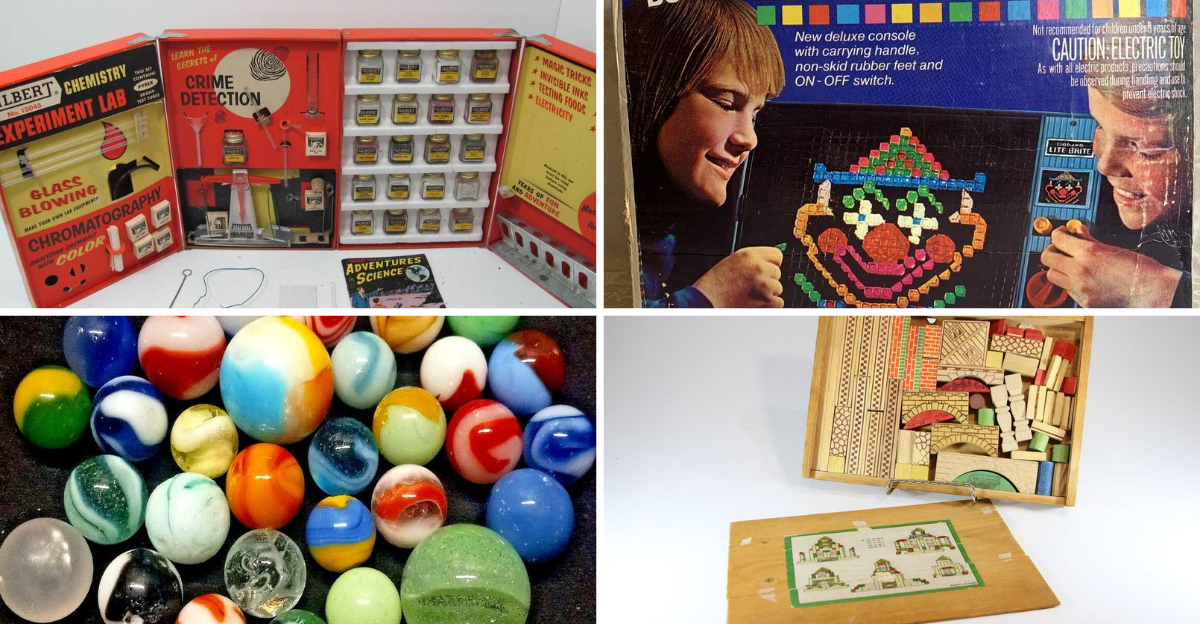
Growing up in the ’80s, my toy chest felt like a gold mine of pure joy—and looking back, it was also a secret classroom in disguise!
While we were busy stacking Lincoln Logs into wobbly frontier mansions or tapping away at our Speak & Spell like it was a high-tech miracle, we had no idea we were actually learning. Those colorful blocks, word games, and quirky contraptions weren’t just playthings—they were brain-boosters cleverly wrapped in plastic and nostalgia.
Etch A Sketch sparked our artistic side (and tested our patience), Lite-Brite taught us color coordination and creativity, and even that magical Simon game sharpened our memory with its hypnotic pattern of beeps.
These toys didn’t need Wi-Fi or screens to hold our attention—they were powered by imagination and just enough challenge to keep us coming back. Who knew that the fun we had on the shag carpet floor was quietly shaping our minds for life?
1. Rubik’s Cube: Spatial Genius Maker
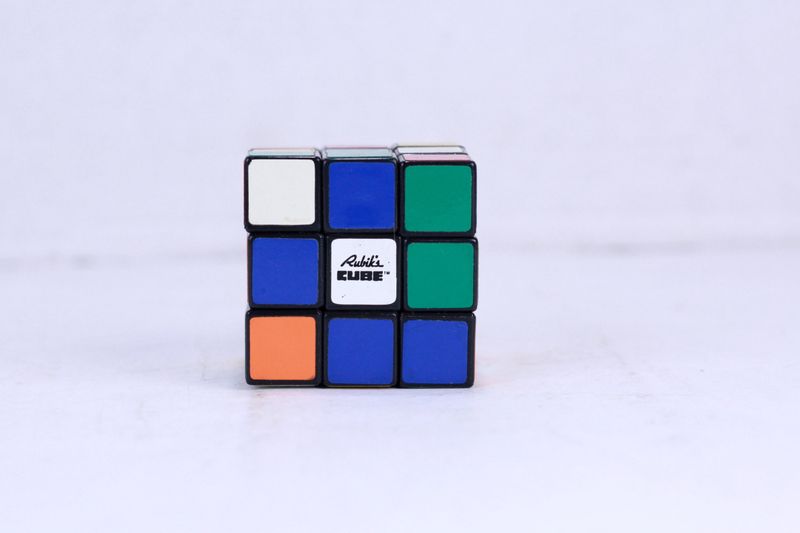
I spent an entire summer vacation obsessed with my Rubik’s Cube, determined to crack its colorful code. The iconic puzzle, first released in 1974, wasn’t just frustrating kids worldwide—it was secretly teaching us advanced mathematical concepts. The cube’s genius lies in its ability to develop algorithmic thinking and pattern recognition.
Every twist and turn creates a new challenge, forcing young brains to visualize transformations and develop step-by-step problem-solving strategies. Many cube enthusiasts even created their own notation systems to track moves. Neurologists have confirmed that regular cube solving strengthens neural pathways related to spatial reasoning.
This skill transfers directly to understanding geometry, architecture, and even computer programming later in life. Who knew that the toy causing playground competitions and bedroom floor tantrums was actually preparing us for STEM careers?
2. Lincoln Logs: Tiny Timber Engineering School
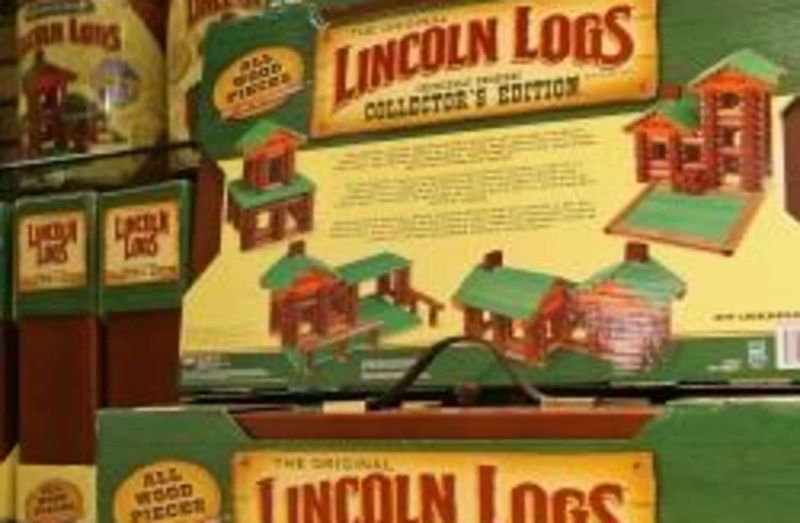
My grandpa’s attic revealed a dusty tin of Lincoln Logs that transported me to a miniature frontier world. Created by John Lloyd Wright (son of famous architect Frank Lloyd Wright) in 1916, these notched wooden pieces taught kids structural engineering principles before they could even spell ‘architecture.’ The beauty of Lincoln Logs lies in their intuitive design.
Children naturally grasp concepts like load-bearing walls, foundation stability, and balanced construction while creating tiny cabins. The satisfaction of placing that final roof piece atop a sturdy structure builds confidence in spatial planning abilities.
Beyond the obvious fine motor skill development, Lincoln Logs subtly introduced historical context about American pioneer life. The toy’s clever interlocking system demonstrates physics principles like gravity and balance through hands-on play. No wonder so many engineers and architects trace their earliest building inspirations back to these humble wooden toys!
3. Spirograph: Math Disguised as Art

My aunt gifted me a Spirograph set for my eighth birthday, and I promptly created a gallery of mysterious geometric patterns all over my bedroom walls. Parents in the 1960s thought they were simply buying an art toy, but Spirograph was secretly a mathematics professor in disguise. The genius of Spirograph lies in its ability to make complex mathematical concepts tangible and beautiful.
Each intricate design demonstrates principles of geometry, ratio, and cyclical patterns through the simple act of placing a pen in a plastic gear. Children intuitively grasp concepts like diameter, circumference, and rotational symmetry while creating stunning designs.
Mathematicians call these patterns ‘hypotrochoids’ and ‘epitrochoids,’ but kids just called them awesome. The toy even introduced the concept of variables—change the gear size or hole position, and you’d get completely different results. No wonder so many future engineers and scientists point to their Spirograph as their first encounter with the beauty of mathematical patterns!
4. Erector Sets: The Mini Mechanical Engineering Lab

My dad’s vintage Erector Set emerged from the basement on rainy weekends, turning our living room into an impromptu engineering workshop. Created by A.C. Gilbert in 1913, these metal construction kits contained an intimidating array of girders, nuts, bolts, and gears that seemed designed to frustrate young fingers.
The magic happened when those frustrating parts transformed into working machines. Following the intricate blueprints developed patience and sequential thinking, while the successful creation of a miniature crane or ferris wheel provided incredible satisfaction. Kids absorbed fundamental physics concepts like leverage, torque, and mechanical advantage without realizing they were learning.
The sets grew increasingly complex, eventually including motors and advanced mechanisms. Many aerospace engineers, architects, and mechanical designers trace their career origins back to childhood afternoons spent with these metal construction toys that taught precision, persistence, and the principles of machines.
5. Speak & Spell: The Electronic Language Teacher
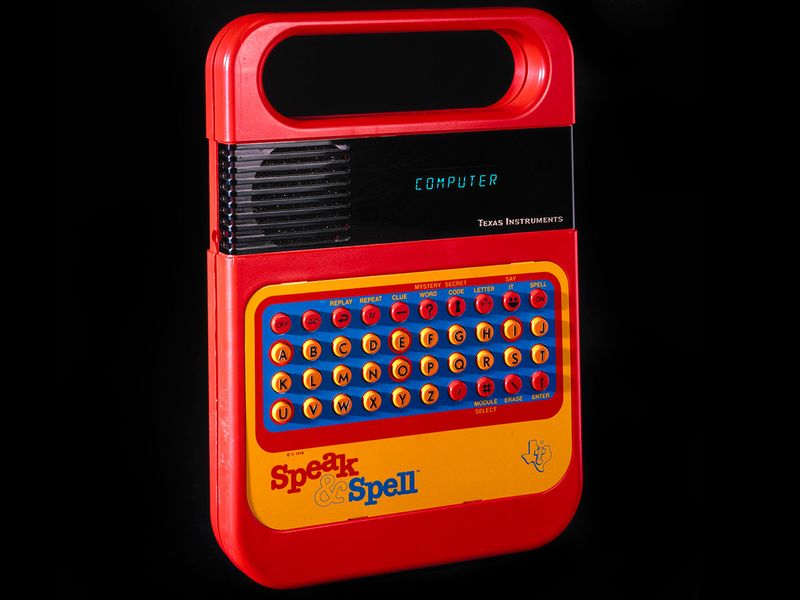
Finding my mom’s Speak & Spell in a closet was like discovering alien technology—a talking computer that challenged me to spell words I’d never even heard before! Released by Texas Instruments in 1978, this revolutionary gadget was the first mass-produced toy with a microprocessor and speech synthesis capabilities. Beyond its obvious spelling instruction, the Speak & Spell cleverly incorporated multiple learning modalities.
Children simultaneously engaged visual recognition, auditory processing, and tactile feedback through the keyboard. The device’s synthetic voice (cutting-edge technology at the time) introduced standardized pronunciation and helped kids connect written words with their spoken forms. The most brilliant educational aspect was the toy’s game-like approach to learning.
Progressive difficulty levels, timed challenges, and the satisfaction of hearing electronic applause made vocabulary building addictive rather than tedious. This pioneering educational technology paved the way for today’s interactive learning apps while secretly improving literacy skills for millions of children who thought they were just playing with a cool electronic toy.
6. View-Master: Geography Lessons in 3D

Grandma’s View-Master transported me to faraway lands long before I ever boarded an airplane. Clicking through those cardboard reels with vibrant 3D images of Egyptian pyramids and Amazonian rainforests sparked my lifelong fascination with world cultures. Invented in 1939, the View-Master brilliantly leveraged stereoscopic photography to create immersive learning experiences.
Children absorbed geographical knowledge, architectural details, and cultural information while being entertained by the novelty of three-dimensional images. The toy’s genius was making distant locations tangible and memorable through visual immersion. Beyond geography, specialized reels covered astronomy, biology, and historical events.
The carefully curated images often included educational captions that provided context and facts. This deceptively simple toy expanded children’s worldview decades before the internet, planting seeds of curiosity about diverse cultures and natural wonders. Many anthropologists, geographers, and travel photographers cite their childhood View-Master as the first spark that ignited their passion for exploring our planet’s diversity.
7. Tinkertoy: Architecture School in a Canister

My first architectural masterpiece was a wobbly Tinkertoy tower that nearly reached the ceiling—until the family cat investigated its structural integrity. Created in 1914 by stonemason Charles Pajeau, these wooden spools and sticks were inspired by watching children play with pencils and empty thread spools. The brilliant educational value of Tinkertoy lies in its open-ended design possibilities.
Unlike toys with prescribed outcomes, Tinkertoy encouraged divergent thinking and creative problem-solving. Children naturally experimented with concepts like triangulation for stability, weight distribution, and the strength of different geometric shapes. The system’s simplicity concealed sophisticated engineering principles.
Kids intuitively discovered that triangular structures provided more stability than squares, learning fundamental architectural concepts through trial and error. Many modern architects and engineers remember Tinkertoy as their first building system.
8. Chemistry Sets: Kitchen Table Scientists
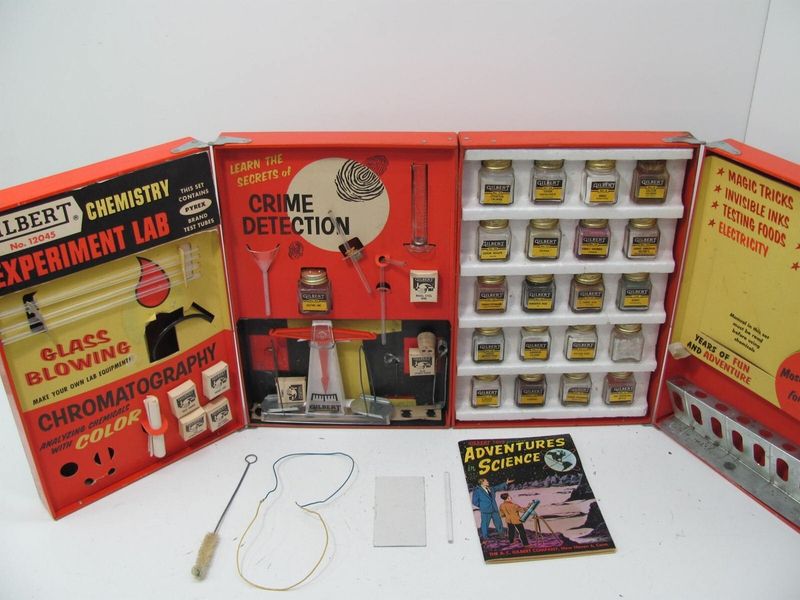
Finding my uncle’s 1960s chemistry set in the basement felt like discovering buried treasure—complete with mysterious powders, glass vials, and the promise of controlled explosions! Unlike today’s safety-obsessed versions, vintage chemistry sets contained genuinely reactive substances that produced visible, sometimes dramatic results.
Gilbert Chemistry Sets, popular from the 1920s through the 1960s, came with real chemicals like potassium nitrate, ammonium nitrate, and copper sulfate. Young scientists followed experimental protocols that introduced the scientific method, careful measurement, and systematic observation.
The hands-on nature of mixing compounds and witnessing reactions made abstract chemical concepts tangible and memorable. Many Nobel Prize-winning chemists trace their career beginnings to childhood chemistry sets.
9. Lite-Brite: The Pixel Art Pioneer

My Lite-Brite masterpieces transformed our darkened basement into a magical gallery of glowing creations. Introduced by Hasbro in 1967, this seemingly simple toy—a light box with colored pegs—was actually teaching complex visual-spatial concepts while disguised as pure entertainment. The genius of Lite-Brite was its pixel-based approach to art creation decades before digital design became mainstream.
Children learned to break down images into individual points of color, developing understanding of how discrete elements combine to form cohesive pictures. The toy naturally introduced concepts like color theory, pattern recognition, and spatial relationships.
Beyond artistic development, Lite-Brite strengthened fine motor control and hand-eye coordination through the precise placement of tiny pegs. Following the pre-printed patterns developed sequential thinking and attention to detail, while creating original designs fostered creative expression.
10. Etch A Sketch: Drawing Lessons in Aluminum Powder

My road trips always featured the distinctive scratching sound of an Etch A Sketch as I attempted to create masterpieces before my brother’s inevitable shake erased my work. This deceptively simple toy, invented in 1960 by André Cassagnes, concealed sophisticated mechanical and artistic lessons behind its familiar red frame.
The brilliance of Etch A Sketch lies in its constraint—drawing with only horizontal and vertical lines requires complex spatial planning. Children developed hand-eye coordination while manipulating the two knobs simultaneously.
The inability to lift the stylus from the screen forced young artists to think ahead and plan their drawings strategically, developing executive function skills. Beyond artistic development, the toy introduced basic concepts of Cartesian coordinates and two-dimensional mapping.
11. Kaleidoscope: Portable Lesson in Optics

My grandmother’s antique brass kaleidoscope was my portal to a mesmerizing world of geometric patterns and color theory. Invented in 1816 by Scottish physicist Sir David Brewster, this seemingly simple optical toy secretly taught complex scientific principles disguised as visual entertainment.
The kaleidoscope’s genius lies in its ability to demonstrate principles of reflection, symmetry, and light behavior through play. Children intuitively grasp concepts like angular reflection and rotational symmetry while creating endless geometric patterns.
The triangular mirror arrangement creates multiple reflections that perfectly illustrate mathematical principles of multiplication and geometric progression. Beyond optics, kaleidoscopes develop aesthetic appreciation and pattern recognition.
12. Wooden Blocks: Architectural Foundation Stones
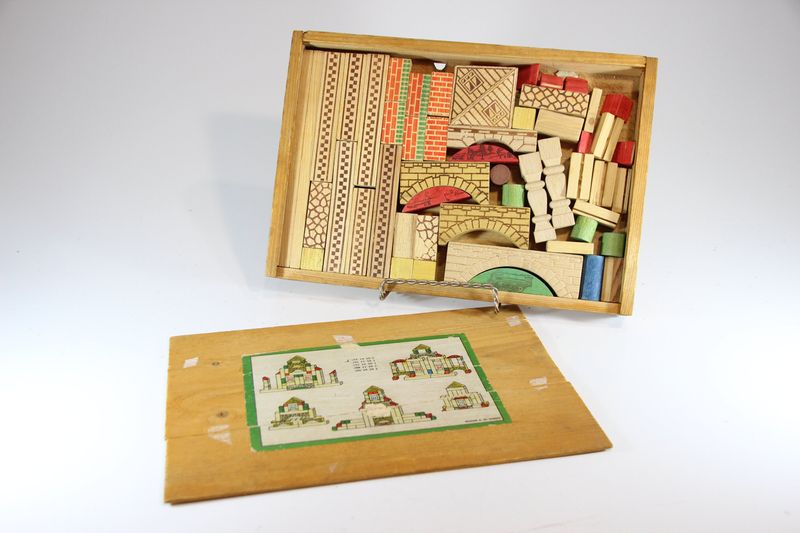
My family’s set of wooden blocks bore the tooth marks of three generations—evidence of their enduring appeal and educational value. These simple geometric shapes, essentially unchanged since Friedrich Froebel created his ‘Kindergarten Gifts’ in the 1830s, remain among the most powerful learning tools ever designed.
The genius of blocks lies in their open-ended versatility and immediate feedback. Stack them too high or with poor balance, and they tumble down, teaching fundamental physics concepts through direct experience.
Children intuitively grasp ideas like center of gravity, structural integrity, and counterbalancing while constructing increasingly complex structures. Beyond physics, blocks develop mathematical thinking through classification, seriation, and part-whole relationships.
13. Mechanical Banks: Economics 101 for Kids
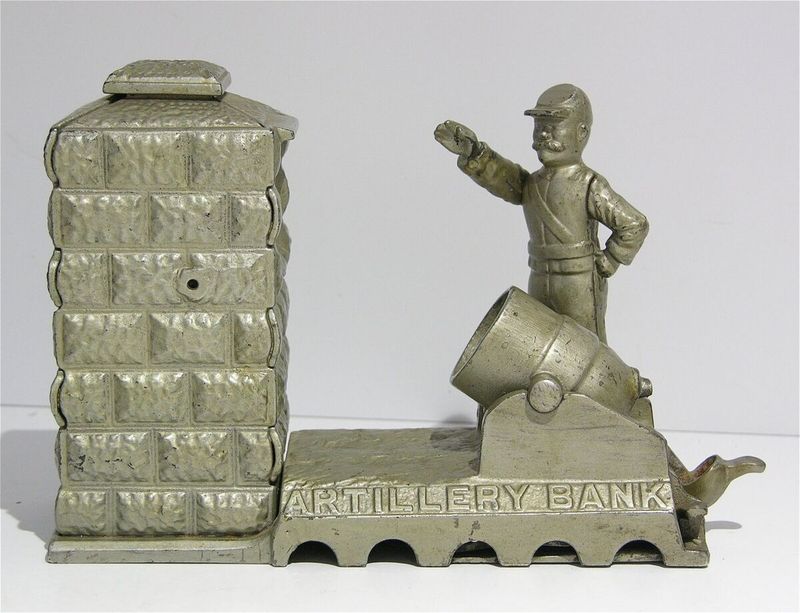
My great-grandfather’s cast iron mechanical bank—a small cannon that fired coins into a fortress—fascinated me not just with its clever mechanism but with the financial lessons it quietly instilled. These ingenious money boxes, popularized in the late 1800s, were the original financial literacy tools disguised as entertainment.
The brilliance of mechanical banks was their ability to make saving rewarding through immediate mechanical gratification. Children eagerly deposited coins to witness the bank’s action—whether a bear climbing a pole, a circus performer doing tricks, or William Tell shooting an apple.
This positive reinforcement created associations between saving money and pleasure, establishing lifelong financial habits. Beyond savings motivation, these banks introduced concepts of delayed gratification and goal setting.
14. Jacks: Probability and Physics in Your Palm
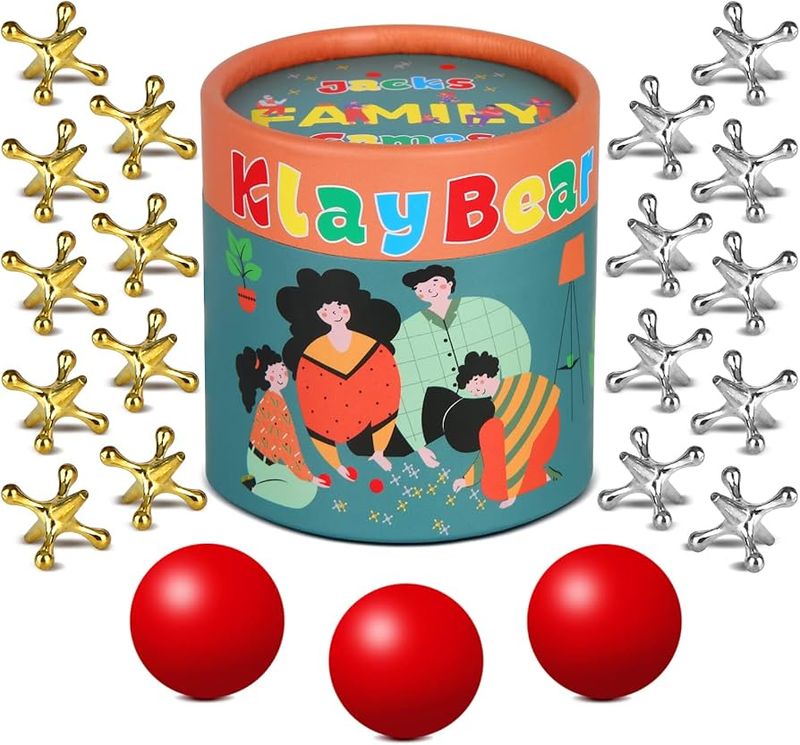
My grandmother taught me jacks using the same metal pieces she’d played with as a girl in the 1930s—simple six-pointed stars and a small rubber ball that delivered surprisingly complex lessons. This ancient game, dating back to ancient Greece, concealed sophisticated mathematical and physical concepts beneath its seemingly simple play pattern.
The genius of jacks lies in its progressive difficulty and probability challenges. Players must calculate the bounce trajectory of the ball while simultaneously planning the most efficient pattern for grabbing jacks. Each round increases complexity by requiring more jacks to be picked up during a single bounce, teaching incremental challenge and strategic planning.
Beyond hand-eye coordination, jacks develops probability assessment, risk calculation, and spatial planning. The game’s brilliance lies in its self-leveling difficulty—players naturally progress to their challenge threshold.
15. Marbles: Spherical Physics Professors
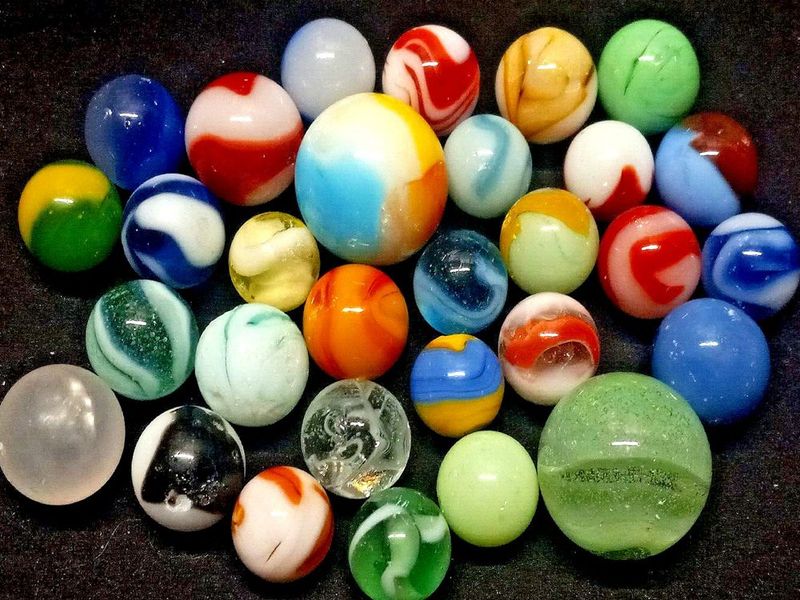
My grandfather’s prized collection of glass marbles—some with intricate swirls dating back to the early 1900s—taught me more about physics than any textbook. These simple glass spheres, among humanity’s oldest toys, have been stealth physics educators for thousands of years. The brilliance of marbles lies in how they naturally demonstrate principles of momentum, friction, and kinetic energy transfer.
Games like ‘ringer’ require players to calculate impact angles, force application, and ricochet patterns intuitively. Children absorb concepts like conservation of energy and vector mathematics through direct physical experience rather than abstract formulas.
Beyond physics, marble games develop spatial reasoning and strategic thinking. The social aspect of trading and collecting introduces economic concepts like value assessment and negotiation.
